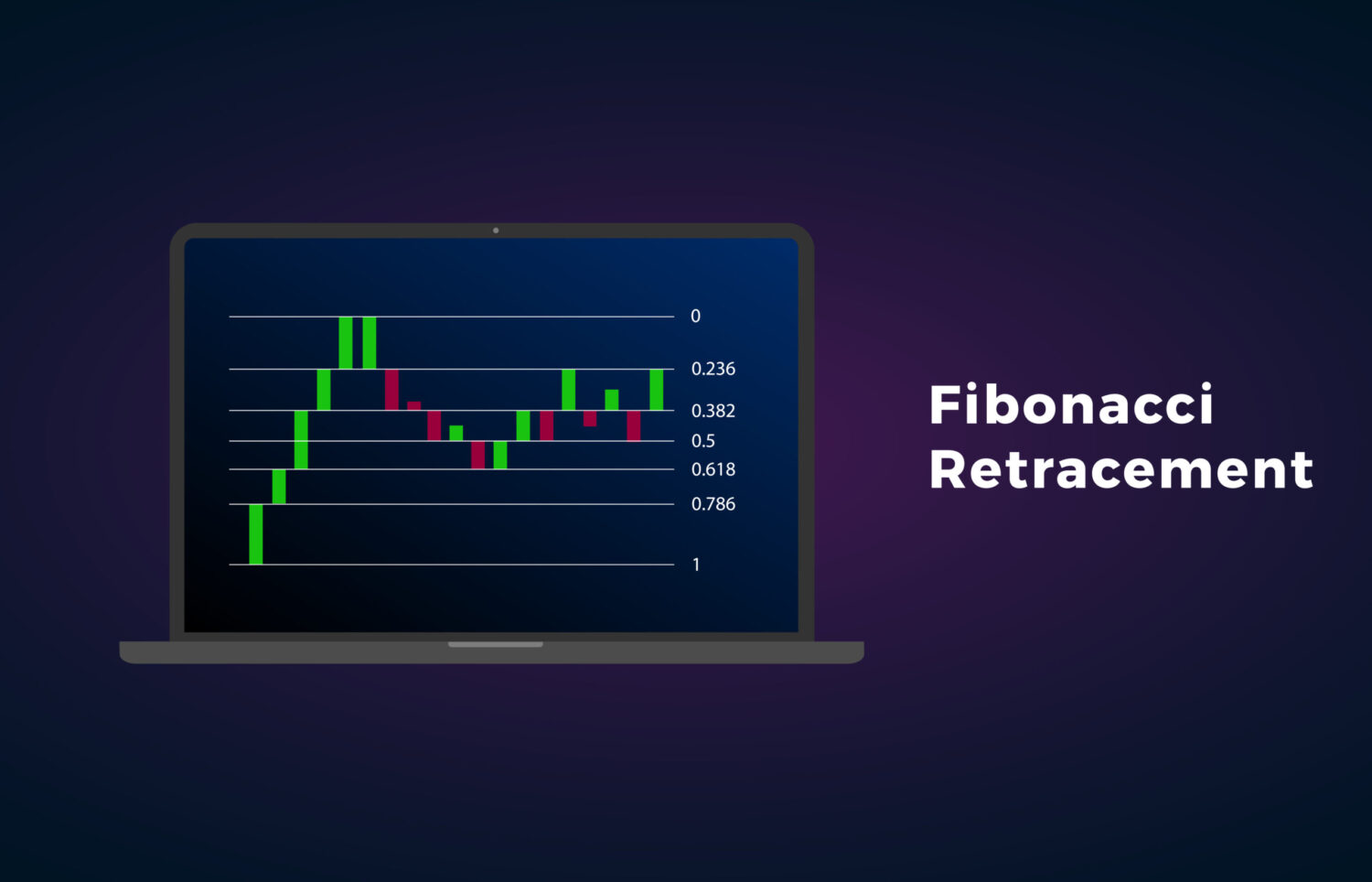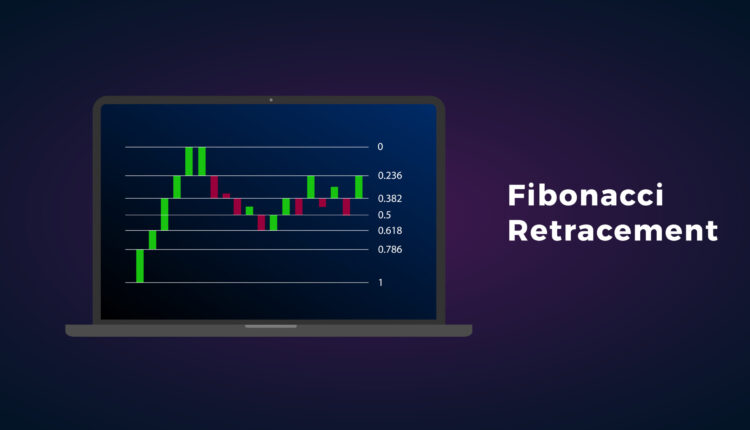
Many traders believe that they can use the Fibonacci retracement tool to predict market movements. Fibonacci Retracement is based on the idea that forex markets will retrace a certain percentage of a move before continuing in the original direction. Traders can use this tool to identify support and resistance levels and potential entry and exit points for trades.
Who developed the Fibonacci Retracement?
Italian mathematician Leonardo Fibonacci developed the Fibonacci Retracement tool in the 13th century. Fibonacci discovered a sequence of numbers believed to occur often in nature. This sequence is known as the Fibonacci sequence.
How does Fibonacci Retracement work?
The Fibonacci Retracement tool uses what is known as the Fibonacci sequence. This sequence is generated by starting with 0 and 1 and then adding the two most recent numbers together to create the following number in the sequence.
For example, the following number after 0 and 1 would be 1 (0+1), and the number after that would be 2 (1+1). This sequence continues indefinitely, but for the Fibonacci Retracement, the important numbers are 23.6%, 38.2%, 50%, 61.8% and 100%. These percentages represent the retracement levels that markets are most likely to reverse after an initial move.
How to use the Fibonacci Retracement
To use the Fibonacci Retracement, traders will first identify a significant move in the market. This move can be up or down, but it should be relatively large to give the Fibonacci levels enough room to work. Once this move has been identified, traders will use the Fibonacci tool to draw horizontal lines at the 23.6%, 38.2%, 50%, 61.8% and 100% levels. Traders can then use these lines to identify potential support and resistance levels and entry and exit points for trades.
Advantages of using Fibonacci Retracement
Fibonacci Retracement is a popular trading tool among traders for a few reasons. First, it is based on a well-established mathematical sequence that has been around for centuries. This sequence has been used in everything from art to architecture, and it has a strong following among traders.
Second, Fibonacci Retracement levels are widely followed by other market participants. If prices do reverse at one of these levels, there will likely be enough buying or selling pressure to push prices in the desired direction.
Third, traders can use the Fibonacci Retracement with other technical indicators to confirm potential reversals. For example, if prices are approaching a Fibonacci level and the Stochastic Oscillator is showing overbought conditions, this could be a sign that prices are likely to reverse.
Finally, traders can use Fibonacci Retracement in any time frame, making it a versatile tool for traders. Whether day trading or swing trading, you can use Fibonacci Retracement to find potential entry and exit points.
Disadvantages of using Fibonacci Retracement
While the Fibonacci Retracement has many advantages, there are also some potential drawbacks to using this tool. First, the retracement is based on the assumption that markets move in cycles, which may not always be the case, and there could be periods where prices move more linearly.
Second, retracement levels are not always exact, which means that prices may reverse just before or after a Fibonacci level. This movement can make it difficult to enter or exit a trade at the desired price.
Third, the Fibonacci Retracement is just one tool traders can use to identify potential market reversals. Traders can use many other technical indicators and chart patterns for this purpose, and this particular retracement should not be relied on exclusively when making trading decisions.
Conclusion
The Fibonacci Retracement is a trading tool traders can use to identify potential support and resistance levels and entry and exit points for trades. While there can be potential drawbacks to using this tool, its advantages outweigh its disadvantages for many traders. Novice traders are advised to use an experienced and reliable online broker such as Saxo Bank when trading the Fibonacci Retracement. For more information, visit their site here.


Comments are closed.